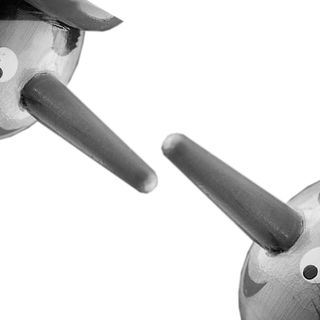How does one smoke less weed? By using more weed, that’s how. A new study published in JAMA Internal Medicine has revealed promising evidence for the usage of cannabinoid agonist medication, i.e. cannabis-derived drugs that activate certain receptors in the brain in order to reduce relapse to cannabinoid drugs. This process, involving a medication sprayed into the mouth, is similar to utilizing nicotine patches — which is a relatively safer alternative to consuming nicotine via smoking cigarettes.
The study is a result of a randomized, double-blind, clinical trial of 128 individuals with cannabis dependency conducted by the University of Sydney and New South Wales Health. The trials were conducted in multiple outpatient specialist alcohol and drug treatment services, following in the footsteps of another short-term and small-scale research focused on the same subject. The researchers recruited cannabis users who had tried and failed to curb their dependence on the drug.
Cannabis or marijuana is seen as a mostly harmless psychoactive drug, that enthusiastic users often show an active interest in legalizing. However, overuse of marijuana can have decreased levels of dopamine, according to a 2004 study. Decreased levels of dopamine in an individual can lead to irritability, anxiety, anger and other negative emotions.
“We’ve never had the evidence before that medication can be effective in treating cannabis dependency — this is the first big study to show this is a safe and effective approach,” the study’s lead author and University of Sydney Professor Nick Lintzeris said in a statement.
He added, “The principles are very similar to nicotine replacement; you are providing patients with a medicine which is safer than the drug they’re already using and linking this with medical and counseling support to help people address their illicit cannabis use.”
Related on The Swaddle:
We’re Living With A False Sense of Security About Marijuana
Participants received a 12-week treatment that involved weekly clinical reviews, structured counseling, and medication. The medication was a combination of tetrahydrocannabinol (THC- 86.4mg), and cannabidiol (CBD-80 mg) — together known as nabiximol and trademarked as Sativex. Nabiximol has been primarily used to treat pain symptoms associated with multiple sclerosis and is licensed in Australia. The dosage for the medication was flexible and extended up to 32 sprays daily. During the trial, the participants averaged about 18 sprays a day, with each 0.1ml spray comprising of 2.7mg THC and 2.5mg CBD.
According to the results, people who were treated with the nabiximol medication used significantly less illicit cannabis as compared to those who were administered a placebo. The study also noted the suppression of withdrawal and cravings, with improvements to physical and psychological well-being.
Lintzeris said, “Currently, four in five patients relapse to regular use within six months of medical or psychological interventions. Our study is an important step in addressing the lack of effective treatments (for cannabis dependence).”




